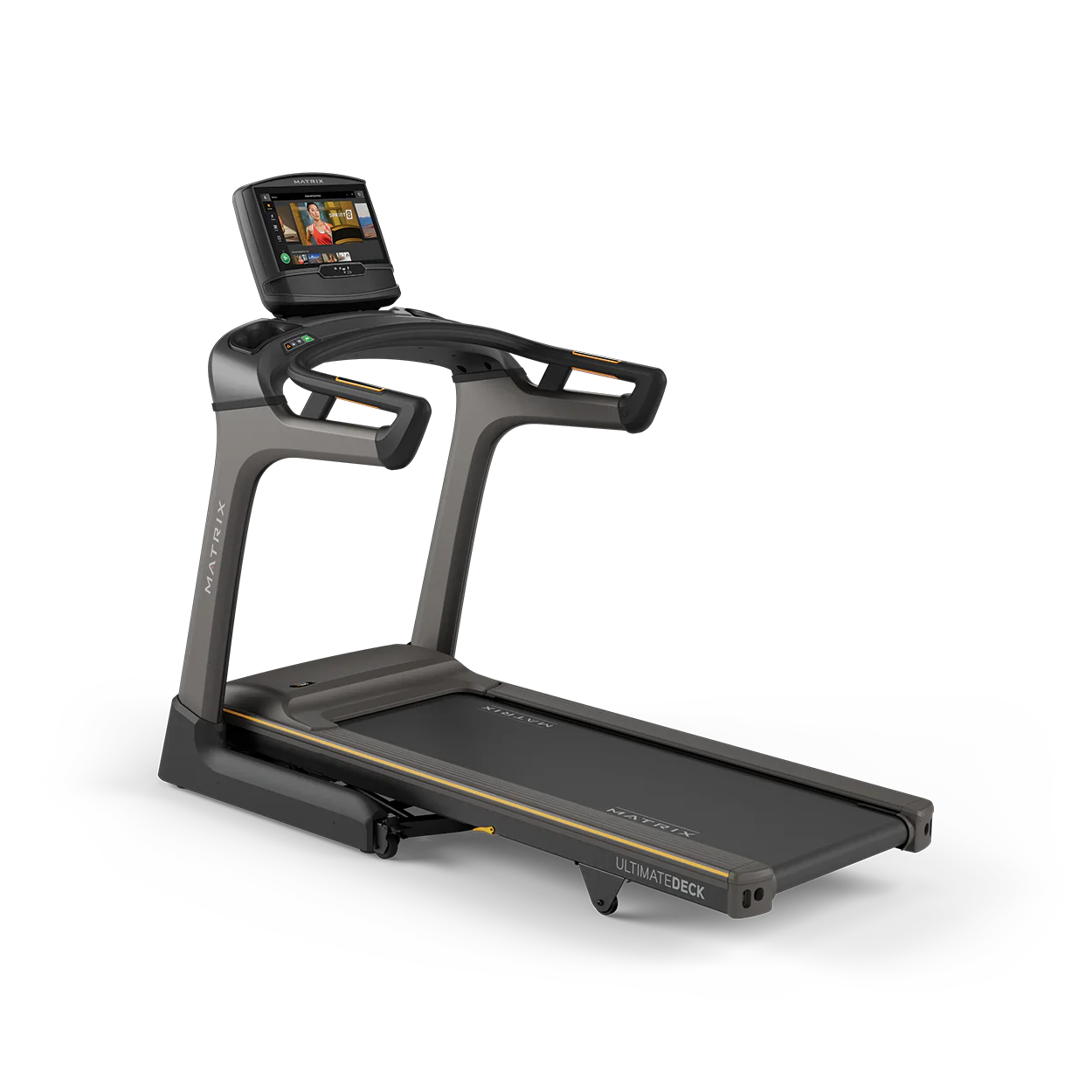
Barbell vs dumbbell training: which is better for your goals?
Share
You want clear progress, fewer aches, and equipment that fits your space and budget. The simple answer is: both barbells and dumbbells are powerful—but they solve different problems. This article compares the tools, explains when to use each, and shows practical workouts you can start today. It also links to specific bars and sets you can buy from Gym Equipment Melbourne so you can match gear to goals fast.
Why the tool matters
Your choice between barbells and dumbbells affects load, range of motion, stability, and how quickly you can progress. Barbells let you move heavy weight and follow linear progression. Dumbbells demand stability, fix side-to-side imbalances, and often feel kinder on the joints. Match the tool to the outcome you want: raw strength, muscle size, rehab-friendly sessions, or compact home‑gym solutions.
Barbells: when to pick them
Choose barbells when your priority is moving heavy loads, building maximal strength, or training with simple, repeatable movement patterns. Barbells are the backbone of strength programs because they let you load compound lifts efficiently and measure progress precisely.
- Best for maximal strength: Squats, deadlifts and bench presses let you progress with small, measurable jumps.
- Efficient full-body work: One barbell session can tax legs, back and core in fewer exercises.
- Stable setup: Hands share a single bar path which reduces wobble and helps maintain consistent technique.
Recommended bar picks:
- 7ft Olympic bar (black) — versatile for most lifters.
- 6ft Olympic training barbell 8kg — ideal for lighter training or juniors.
- Bodyworx Olympic barbell 86-inch 7ft — solid general-purpose Olympic bar.
- Bodyworx standard curl bar 28mm — wrist-friendly curls and arm work.
- Olympic quick-release collars — quick, safe plate changes.
Dumbbells: when to pick them
Choose dumbbells when you want joint-friendly movement, unilateral work to fix imbalances, or a space-saving solution. Dumbbells let each limb find its own path, improving stability and muscle activation in many isolation and accessory lifts.
- Best for unilateral work: One-arm rows, split squats and single-leg RDLs target weak sides directly.
- Joint-friendly mechanics: Natural wrist and shoulder paths reduce strain on uncomfortable straight-bar positions.
- Great for small spaces: Adjustable dumbbells and compact sets deliver wide weight ranges without a huge footprint.
Practical dumbbell options to consider from the store include adjustable sets and fixed rubber hex pairs that hold up in heavy use.
Which is better for specific goals
Max strength
Barbells win. The ability to load heavy and progress in small, precise increments makes barbells the primary tool for strength-focused programs. Use barbells for the main lifts, then add dumbbell accessories for balance and joint health.
Shop picks: 7ft Olympic pro training barbell 20kg; Olympic safety squat bar.
Muscle hypertrophy
Use both. Heavy barbell work drives global overload; dumbbells increase range of motion and let you vary angles and tempo. Alternate heavy barbell days with dumbbell-focused volume days for best results.
Shop picks: 5ft Olympic barbell with collars; adjustable or rubber hex dumbbells for high-rep work.
Joint health and rehab
Dumbbells are gentler because they allow neutral grips and natural joint paths. They’re useful for rehabbing shoulders, elbows and wrists. Keep loads moderate and emphasize control.
Shop pick: Bodyworx standard curl bar 28mm for wrist-friendly arm work.
Home gym and small spaces
Dumbbells, especially adjustable models and compact plates, win for footprint. If you still want heavy lifting, add a short Olympic bar or a standard barbell and a small rack.
Shop picks: 5ft standard barbell 60 28mm; Aerobic pump set 30kg.
Pros and cons at a glance
Barbells
- Pros: Move heavier, simpler progression, efficient compound work.
- Cons: Requires space, rack and plates; can mask left-right imbalances.
Dumbbells
- Pros: Fix imbalances, joint-friendly, versatile in small spaces.
- Cons: Top-end weights can be expensive or bulky; slower to alter load during supersets.
Sample workouts you can use this week
Barbell strength session
- Back squat: 5 sets × 5 reps using a heavy straight bar like 7ft Olympic bar.
- Bench press: 4 sets × 5–6 reps.
- Barbell row: 4 sets × 6–8 reps.
- Curl bar finisher: 3 sets × 10–12 reps with Bodyworx curl bar.
Dumbbell hypertrophy session
- Dumbbell incline press: 4 sets × 8–12 reps.
- One-arm dumbbell row: 4 sets × 8–12 reps each side.
- Bulgarian split squat: 3 sets × 8–10 reps each leg.
- Lateral raise and curls: 3 sets × 12–15 reps.
Mixed training day
- Deadlift (barbell): 5 sets × 5 reps.
- Walking dumbbell lunges: 3 sets × 10–12 steps each leg.
- Standing barbell press: 4 sets × 6–8 reps.
- Farmer carry (dumbbells): 3 × 40m carries.
How to choose gear that lasts
- Match knurl to use: Heavier compound work benefits from a medium-to-aggressive knurl on an Olympic barbell.
- Choose collars you trust: Quick-release collars save time and keep plates secure; see quick-release collars.
- Buy adjustable if space is tight: Adjustable dumbbells or compact plates reduce clutter and give wide loading ranges.
- Specialty bars for comfort: Safety squat bars, swiss bars and multi-grip bars reduce shoulder strain during pressing movements; see 7ft Olympic Swiss bar and 7ft multi-grip Olympic barbell.
Recommended items from Gym Equipment Melbourne
Start with a reliable straight bar and a compact dumbbell solution. Suggested buys:
- 7ft Olympic pro training barbell 20kg — solid all-round Olympic bar.
- 5ft Olympic barbell with collars — compact and easy to store.
- 5ft standard barbell 60 28mm — good for lighter setups.
- Bodyworx standard curl bar 28mm — for wrist-friendly arm work.
- Aerobic pump set 30kg — starter kit for small home gyms.
Final summary
Barbells build raw strength and make progression simple. Dumbbells improve balance, joint paths and fit small spaces. Most smart lifters use both: barbell main lifts for strength, dumbbell work for symmetry and joint health. Choose bars and sets that match your space and training style, then progress consistently. When you’re ready, check the recommended items above to kit out a practical, durable setup that helps you reach your goals.

